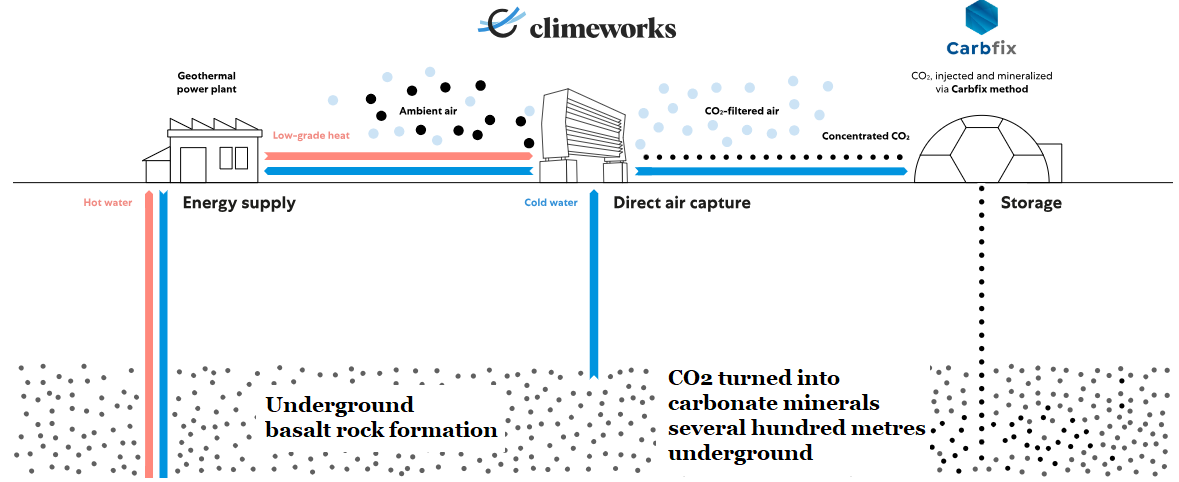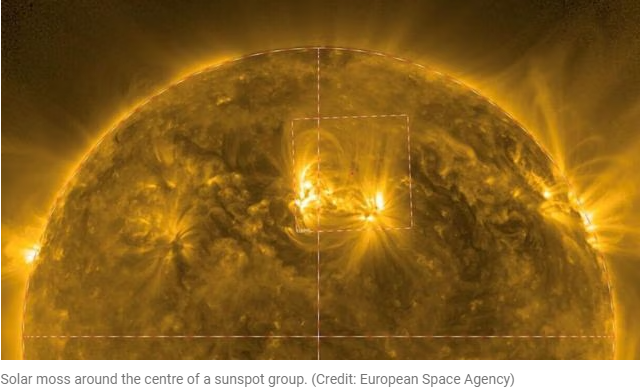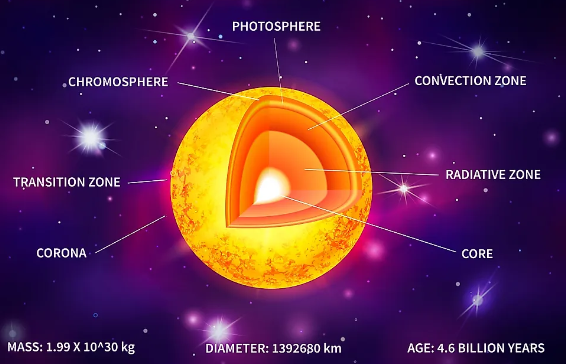Nerium oleander
Kerala has banned oleander flowers in temple offerings, after a woman died after accidentally chewing leaves of the oleander plant.
- It is a rapidly growing evergreen, rounded shrub or small tree, commonly known as oleander or rosebay.
In Kerala, the Nerium oleander plant is known by the names of arali and kanaveeram, and is grown along highways and beaches as a natural, green fencing.
- Native to – Europe and Asia, and is cultivated worldwide in tropical, subtropical, and temperate regions.
- Different varieties – Each with a flower of a different colour.
- Features – It is highly deer and salt-tolerant, including salt spray so it works well in coastal gardens.
- It is also heat, drought, wind, air pollution, and poor soil tolerant.
- Uses – Known for its drought tolerance, it is often used for ornamental and landscaping purposes.
- According to Ayurvedic Pharmacopoeia of India, an oil prepared from the root bark can be used to treat skin diseases.
The Ayurvedic Pharmacopoeia of India (API), a government document that describes the quality, purity, and strength of drugs used in Ayurveda.
- Toxicity – It contains oleandrin, neriin, and digitoxigenin and so on, of which oleandrin is the principal toxin.
- Ingestion or inhalation of smoke from burning oleander is toxic due to the properties of cardiac glycosides (a type of chemical).
Cardiac glycosides are steroidal compounds capable of exerting pharmacological effects on cardiac muscle. The primary therapeutic value is their ability to exert stronger and faster heart contractions.
- Symptoms last for 1 to 3 days and may require a hospital stay.
- It causes nausea, diarrhoea, vomiting, rashes, confusion, dizziness, irregular heartbeat, slow heartbeat, and, in extreme cases, death.
- When branches are broken they exude a thick, gummy, sap which can cause contact dermatitis (Skin issues).
|
Nerium oleander in Ancient India
|
- Literature references – It had been described in Brihattrayi, Bhavaprakasha Nighantus and other classical Ayurvedic texts.
- Bhavaprakasha Nighantu has described Karvira (oleander plant) as a visha (poison) and indicated it in treatment of
- vrana (infected wounds)
- kustha (skin diseases including leprosy)
- krimi (microbes and parasites)
- kandu (itching), etc
- Medical usage – Charak Samhita has prescribed the leaves of white flowered variety externally in chronic and obstinate skin diseases of serious nature including leprosy.
|
Reference
The Indian Express| Plans to ban Nerium Oleander plant for its toxicity.
DigiLocker
The 10th and 12th standard students from the CISCE board as well as 10th standard students from the State Board of Tamil Nadu can get their 2024 results from DigiLocker.
- It was launched in 2015, operates as an app to store users’ digital records in a public cloud.
- Launched by – Ministry of Electronics & IT (MeitY)
- Umbrella programme – Digital India programme.
- Aim – To digitally empower the citizen by providing access to authentic digital documents to citizen’s digital document wallet.
As of early May 20254, the app has over 270 million registered users, while nearly 6.7 billion documents like Aadhaar, PAN records, and driving licenses have been retrieved through it.

- Authenticity – They are deemed to be at par with original physical documents as per Rule 9A of the Information Technology (Preservation and Retention of Information by Intermediaries providing Digital Locker facilities) Rules, 2016.
- It helps in keeping at bay fake, poor quality print copies, and outdated documents that miss key details.
- Better mobility – It eliminates the need to carry separate sets of documents while they are on the move as it can be fetched or stored in a local device.
- Ensures safety and security – 2048 Bit RSA SSL encryption, multi-factor authentication (OTP verification), consent systems, timed log outs, and security audits.
- Protects privacy – As per the Google Play Store’s data, no DigiLocker data is shared with 3rd parties and is encrypted in transit.
- Challenges – Restricted to people using smartphones and digitally literate people.
- The app needs the submitted details to match the issuer’s data exactly making it difficult to fetch documents for those with multiple names, aliases, inconsistent spellings.
- Even subtle changes like capitalised letters and initials can lead to failure.
- There is no uniformity in how different government authorities and law enforcement bodies in India review official documents as still many insist on being shown he original hard copies.
References
- The Hindu| Safety of DigiLocker
- DigiLocker| Benefits of DigiLocker
Deadbots
A new study urges caution in the development of Artificial Intelligence (AI) chatbots designed to mimic deceased loved ones, known as ‘deadbots’.
- They are AI-enabled digital representations of departed loved ones, also known as griefbots.
- Working principle – They simulate the person’s language patterns and personality traits using their digital footprint like emails and even voice recordings, to create a conversational AI that reflects their personality.
Conversational AI works by using a combination of natural language processing (NLP), foundation models, and machine learning (ML). They are trained on large amounts of data, such as text and speech to teach the system how to understand and process human language.
|
Digital Afterlife Industry – Digital immortalisation practices
|
- In 2017, Microsoft secured a patent for a deadbot that could ‘resurrect’ the dead.
- An AI chatbot called Project December uses patent-pending technology to simulate text-based conversations with anyone, including the dead.
- Such services have taken off in the United States and China.
|
- Challenges – Limited understanding of psychological impact of digital immortalisation on adults and their grieving processes.
- Economic and emotional issues – Profit-focused exploitation of personal data, emotional manipulation, or privacy violation.
- Cultural issues - The topics of death, grief and immortality are very delicate but also hugely culturally sensitive.
- Solutions that might be enthusiastically adopted in one cultural context could be completely dismissed in another.
- There is a need to understand these cross-cultural differences in the approach to digital immortality in 3 different Eastern locations, including Poland and India.
- Future design recommendations – Developing sensitive procedures for ‘retiring’ deadbots
- Ensuring meaningful transparency through disclaimers on risks and capabilities of deadbots
- Restricting access to adult users only
- Following the principle of mutual consent of both data donors and recipients to partake in the re-creation project
Reference
Down To Earth| Deadbot – A digital immortalisation practice
Mammoth
Mammoth, the largest carbon dioxide capture and storage facility of its kind launched its operations.
- Developed by – Climeworks, a Swiss start-up.
- It is the 2nd commercial direct air capture plant opened by Climeworks, and is 10 times bigger than its predecessor, Orca, which started running in 2021.
Direct air capture, or DAC, is a technology designed to suck in air and strip out the carbon using chemicals. The carbon can then be injected deep beneath the ground, reused or transformed into solid products.
- Location – On a dormant volcano in Iceland, 50 kms from an active volcano.
- It is chosen for its proximity to the Hellisheidi geothermal energy plant necessary to power the facility's fans and heat chemical filters to extract CO2 with water vapour.
- Working – It has 72 industrial fans, intends to suck 36,000 tonnes of CO2 from the air annually to bury underground.
- CO2 is then separated from the steam and compressed in a hangar where huge pipes crisscross.
- Finally, the gas is dissolved in water and pumped underground with a "sort of giant SodaStream.
- A well, drilled under a futuristic-looking dome, injects the water 700 metres down into volcanic basalt that makes up 90% of Iceland's subsoil where it reacts with the magnesium, calcium and iron in the rock to form crystals -- solid reservoirs of CO2.

For the world to achieve ‘carbon neutrality by 2050’, we should be removing something like 6 to 16 billion tonnes of CO2 per year from the air.
- Challenges - The role of direct air capture with carbon storage (DACCS) remains minor in the various climate models due to its high price and its deployment at a large scale depends on the availability of renewable energy.
References
- The Hindu| Launch of Mammoth plant for capturing Carbon
- Climeworks| Working of Mammoth
Solar Moss
Indian-led NASA team traces what heats ‘moss’ on Sun.
- Observations done by NASA’s experiment
- High Resolution Coronal Imager (Hi-C) sounding rocket
- Interface Region Imaging Spectrograph (IRIS)
- Moss in Sun –Sun, too, has an earth moss-like patchy structures made of plasma in the solar atmosphere.
- Origin – It is mainly due to chromospheric jets or ‘spicules’ interspersed with extreme ultraviolet emission elements.
- Growth – Under strong magnetic conditions, this moss grows and blossoms around the centre of a sunspot group.
- It is this magnetic field which primarily controls the dynamics of the solar atmosphere and it is present everywhere on the Sun.
Sunspots are dark patches on the solar surface where the magnetic field is abnormally strong — about 2,500 times stronger than that of Earth.

- Higher temperature – It can go as high as 5.5 lakh degree Celsius, which is over a 100 times hotter than the immediate layer below as it is connected to the Sun’s lower atmosphere.
- Reason for high temperature – It is dominated by a mess of intertwined magnetic field lines, and their interactions were creating electrical currents, which, in turn dissipates as heat the material upto 1 million degrees Fahrenheit.
- It can have a much stronger field than the average quiet-Sun, but they are slightly weaker than the sunspots.
|
Structure of Sun
|
- There are 7 layers in Sun.
- Inner layers – core, radiative zone, and convective zone.
- Outer layers –Photosphere, Chromosphere, Transition Region and Corona.

- Corona – The outermost peripheral part of the Sun’s atmosphere, is extremely hot.
- Among the commonest features displayed by the solar corona are loops, streams, plumes and ejections.
- Any variations in the solar corona can affect the space weather and subsequently, the activities on Earth.
|
References
- The Indian Express| Solar Moss heating
- NASA| Layers of the Sun


